Caricature Of A Man
- caricature /
- Caricature Of A Man
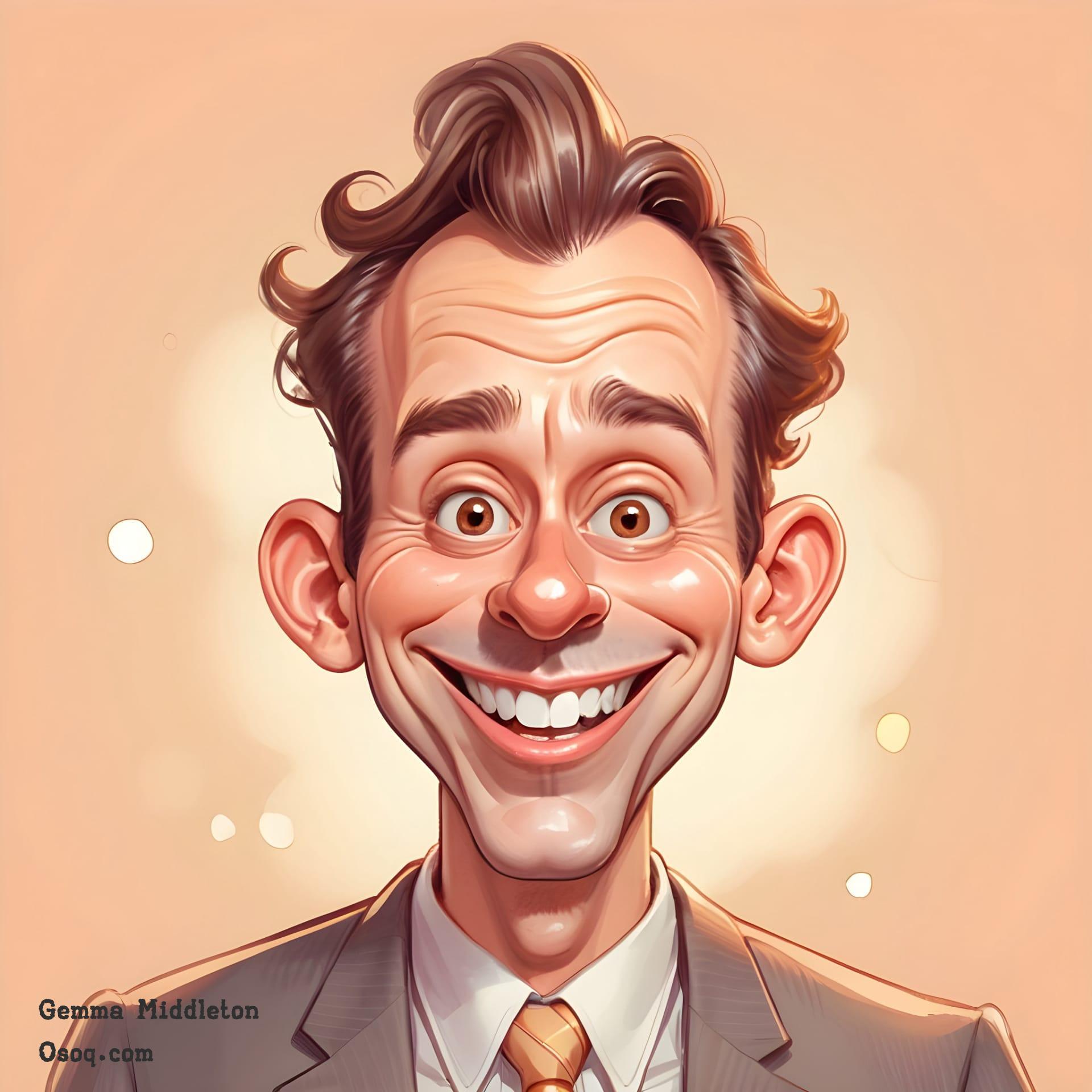
Caricatures are exaggerated portraits that highlight distinctive features of their subjects. A caricature of a man often emphasizes things like a large nose, bushy eyebrows, or a prominent chin to create a humorous or critical effect.
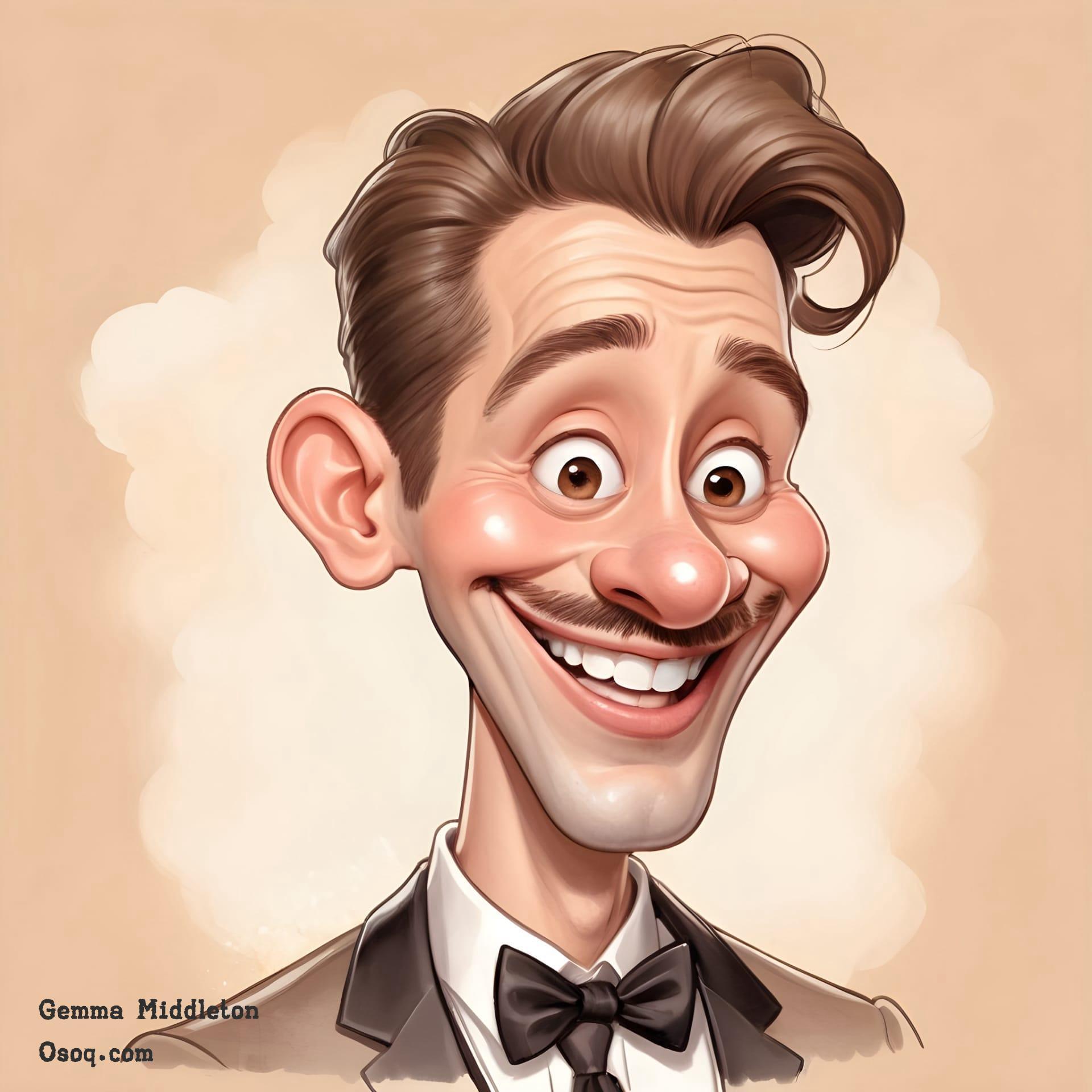
The art of caricature dates back to the 16th century but became highly popular in the 18th century. It was primarily used in political satire and social commentary, making it a powerful tool for public discourse.
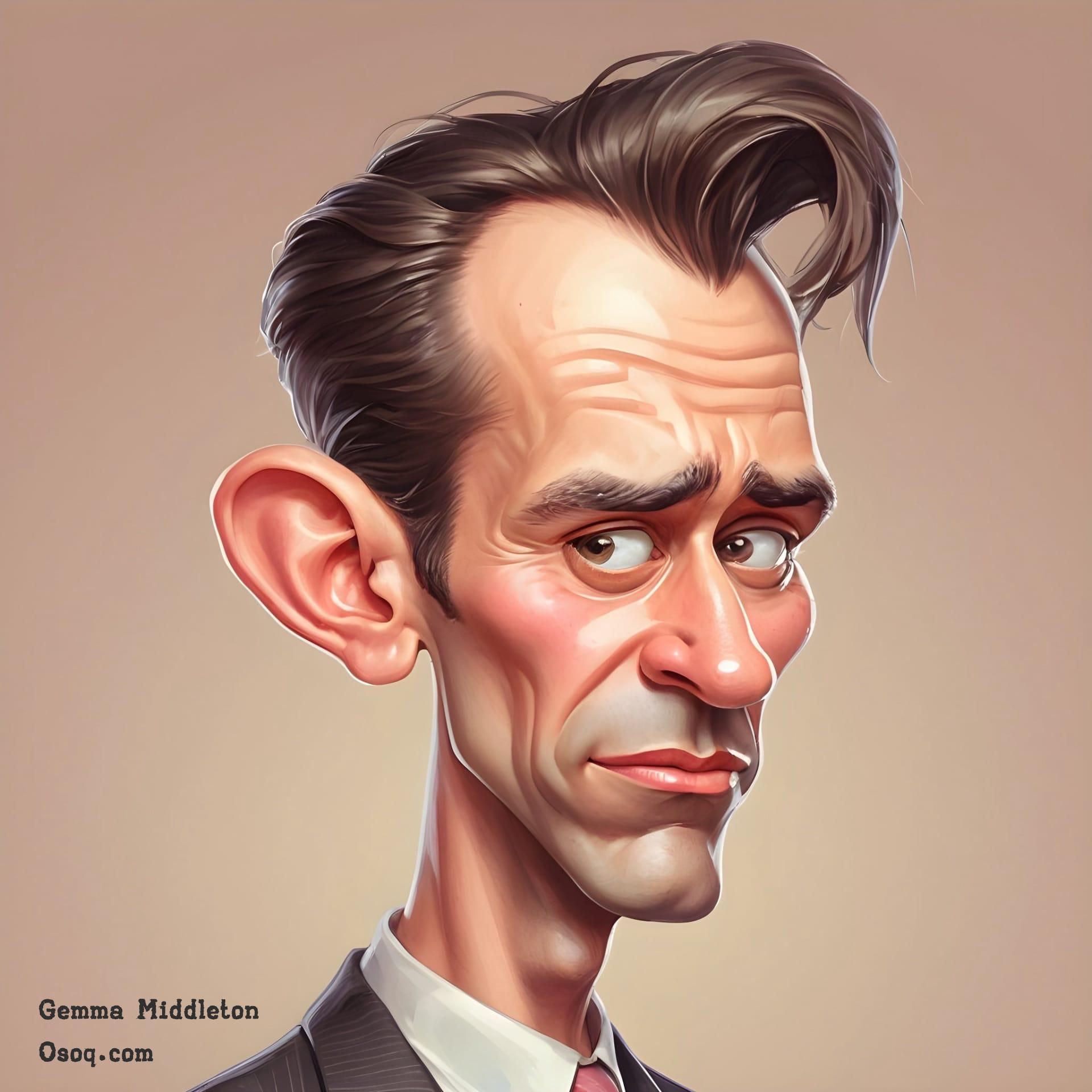
Modern caricatures are not just confined to paper and pen. They can be found in digital forms, animations, and even 3D sculptures. Each medium offers unique ways to exaggerate features and express artistic creativity.
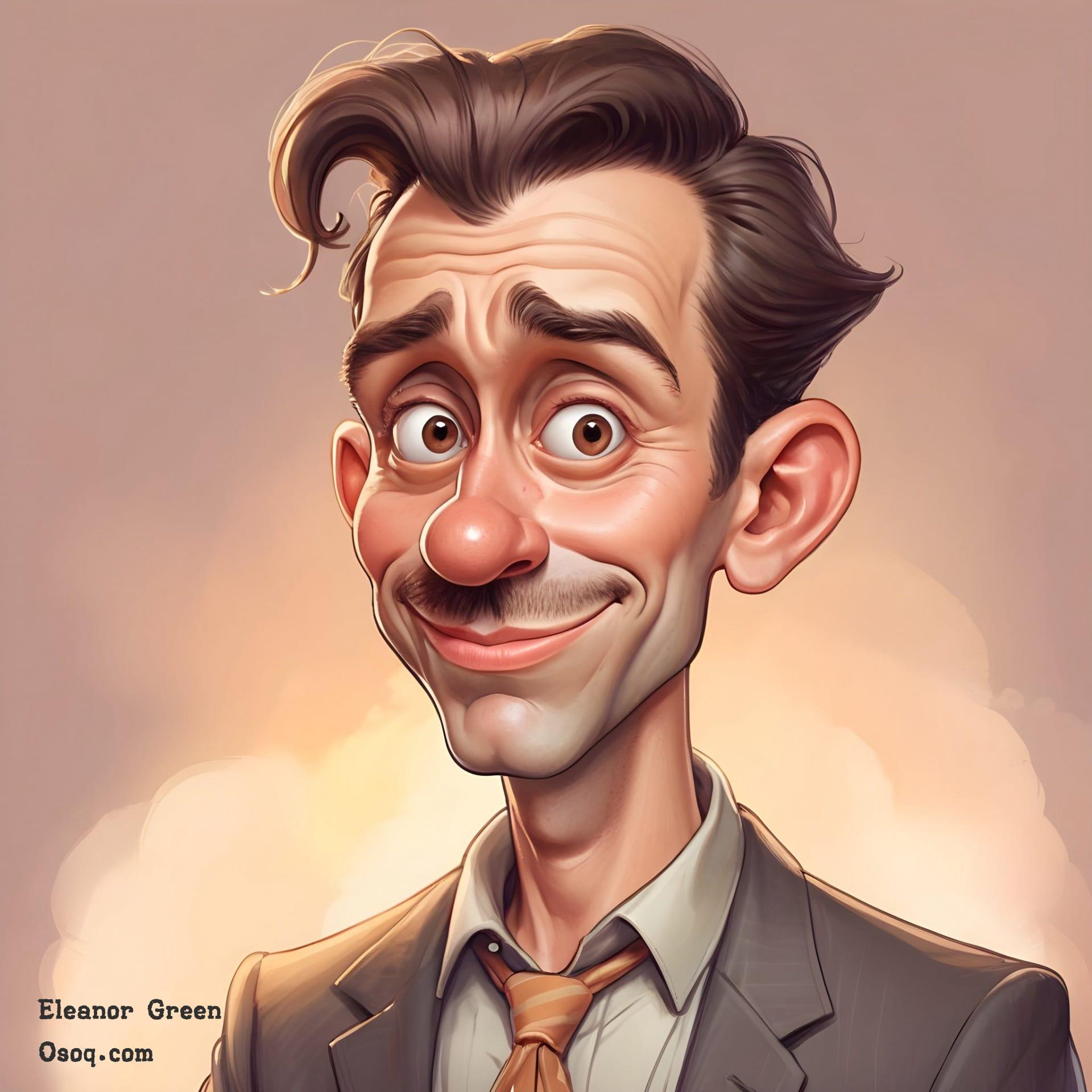
Caricature artists often start with a quick sketch that captures the basic outline and notable features of a person. This initial sketch is crucial in setting the tone for the final piece.
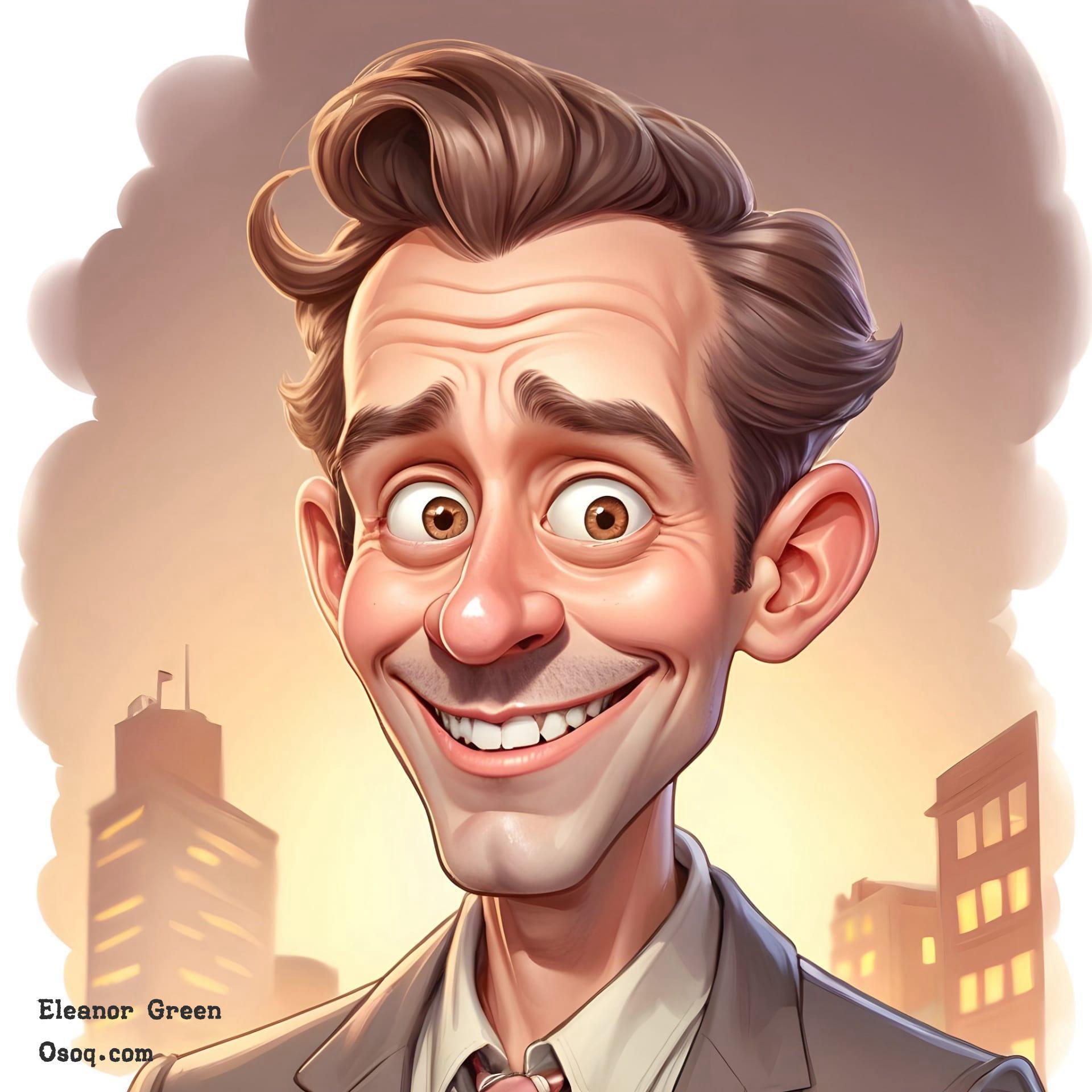
Color in caricatures can play a significant role. Artists might use bold, vibrant colors to highlight the mood of the caricature or to draw attention to certain features.
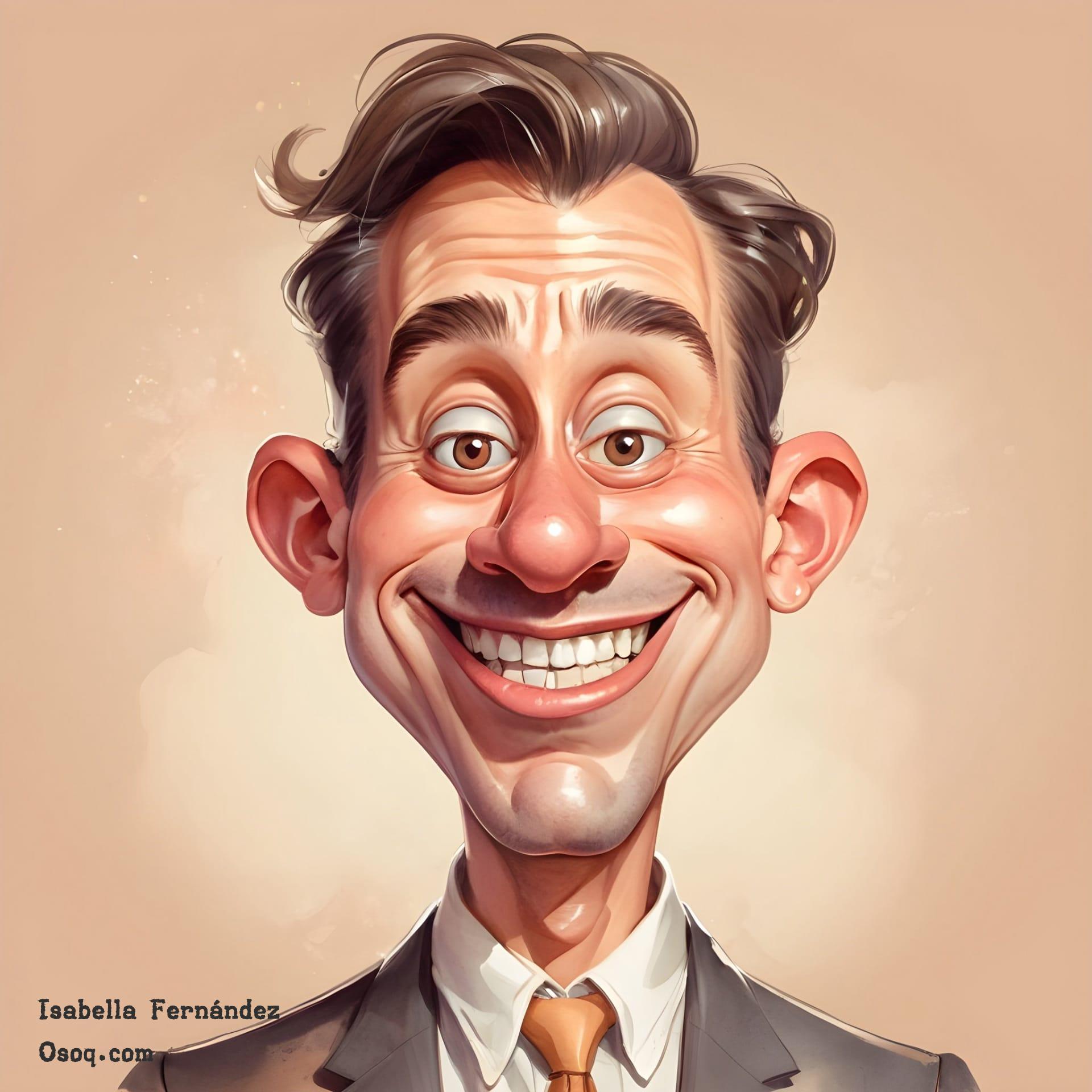
Many caricature artists have a signature style. This might include specific shading techniques or unique ways of distorting features that make their work instantly recognizable.
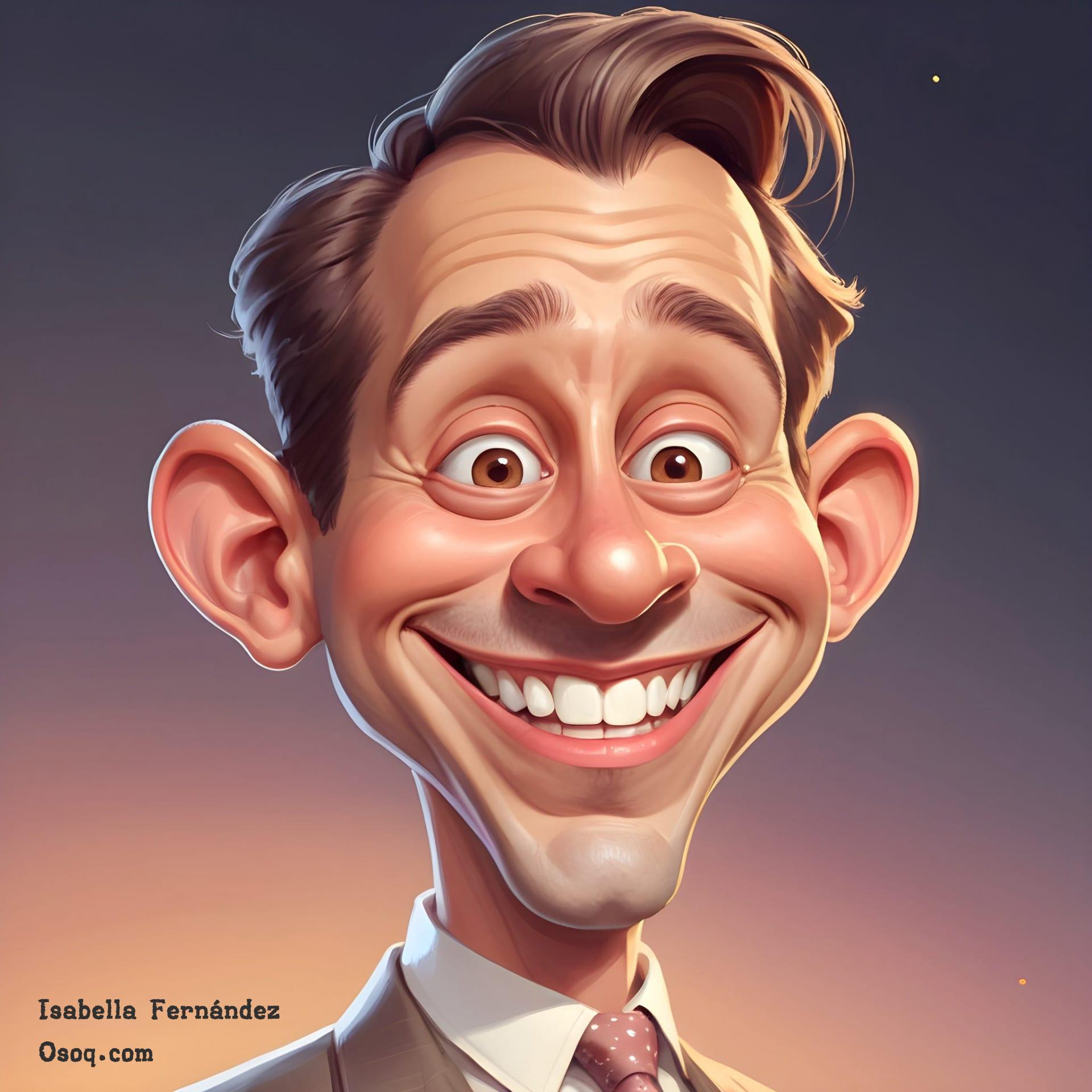
In addition to humor, caricatures can convey a wide range of emotions. A well-crafted caricature of a man can express joy, suspicion, sadness, or any number of other emotions through exaggerated facial expressions.
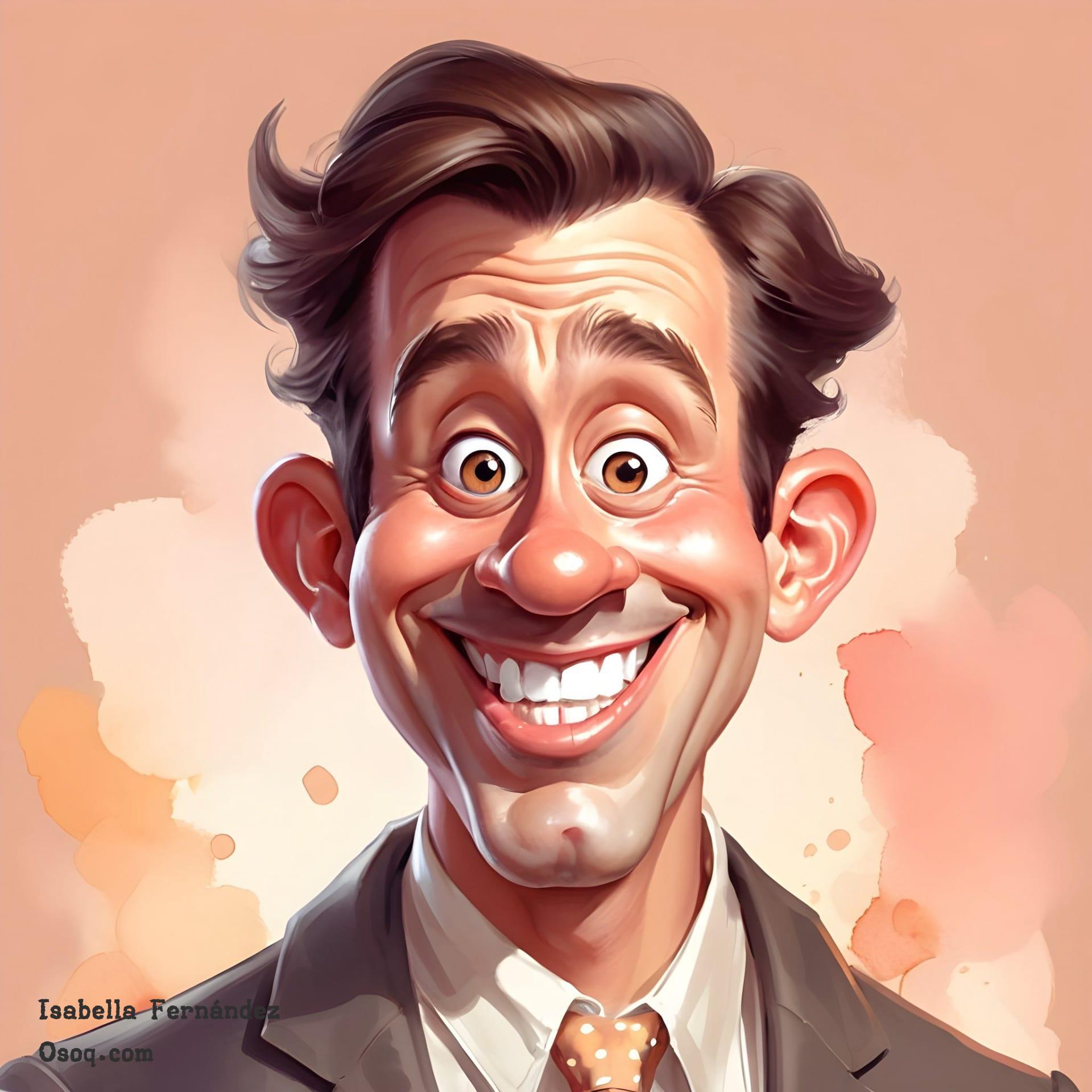
Speed is often a key component in caricature drawing, especially at live events like festivals or parties where artists perform quick sketches of people.
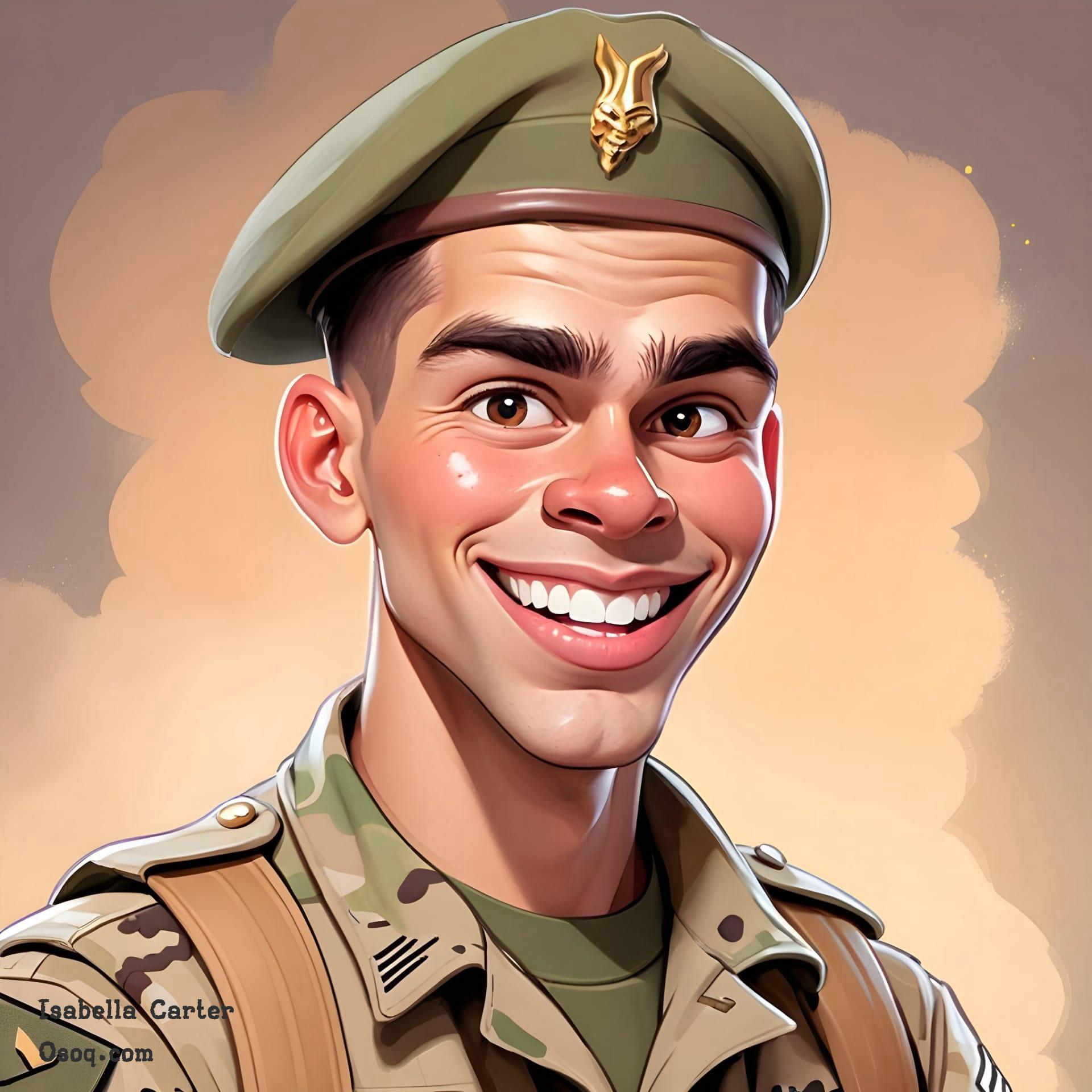
Caricature can be a respectful art form. Even though it involves exaggeration, a good caricature respects the subject and aims to capture their essence rather than just mock.
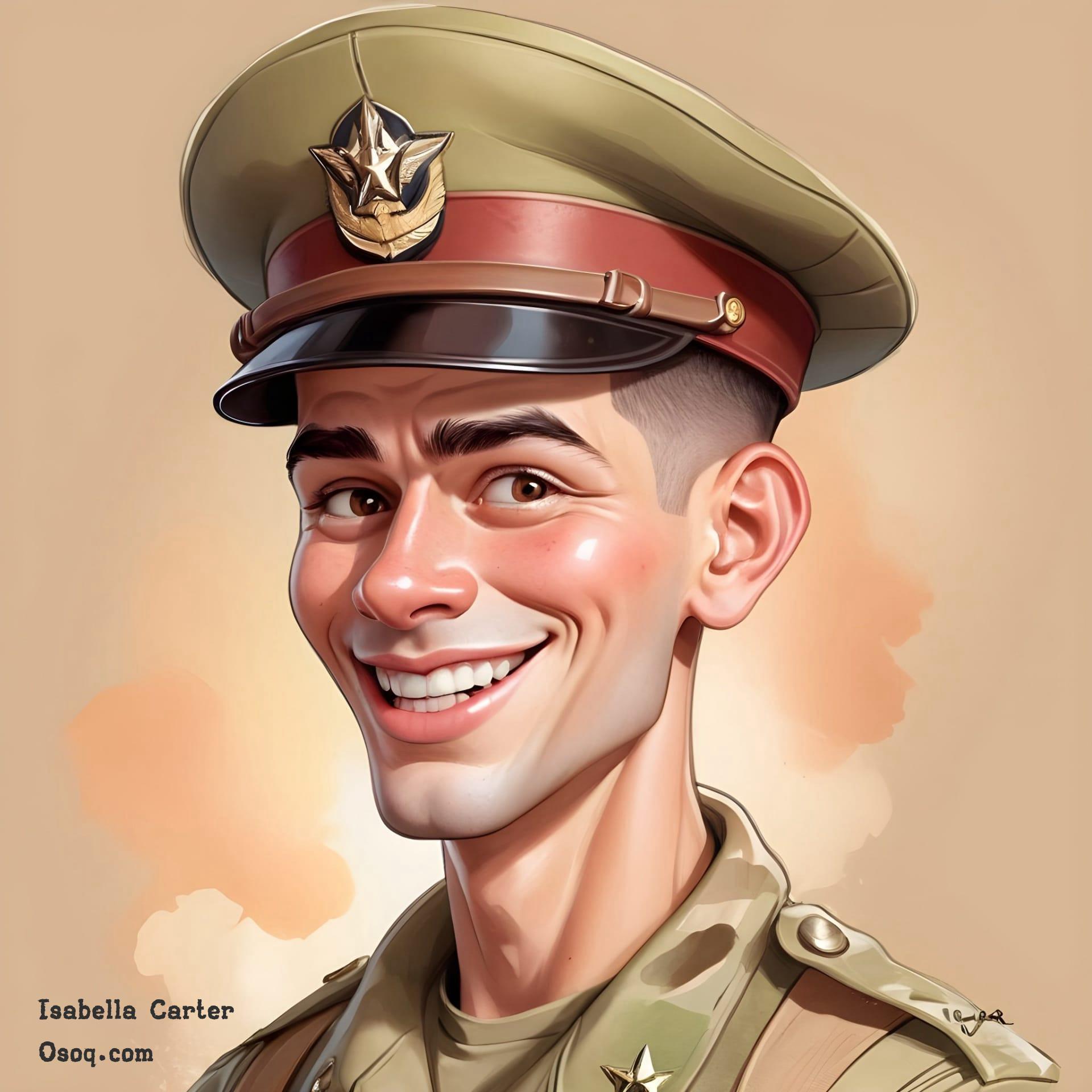
The reaction to a caricature of a man can vary widely depending on the cultural context and the subject's societal roles. What's funny in one culture can be offensive in another.
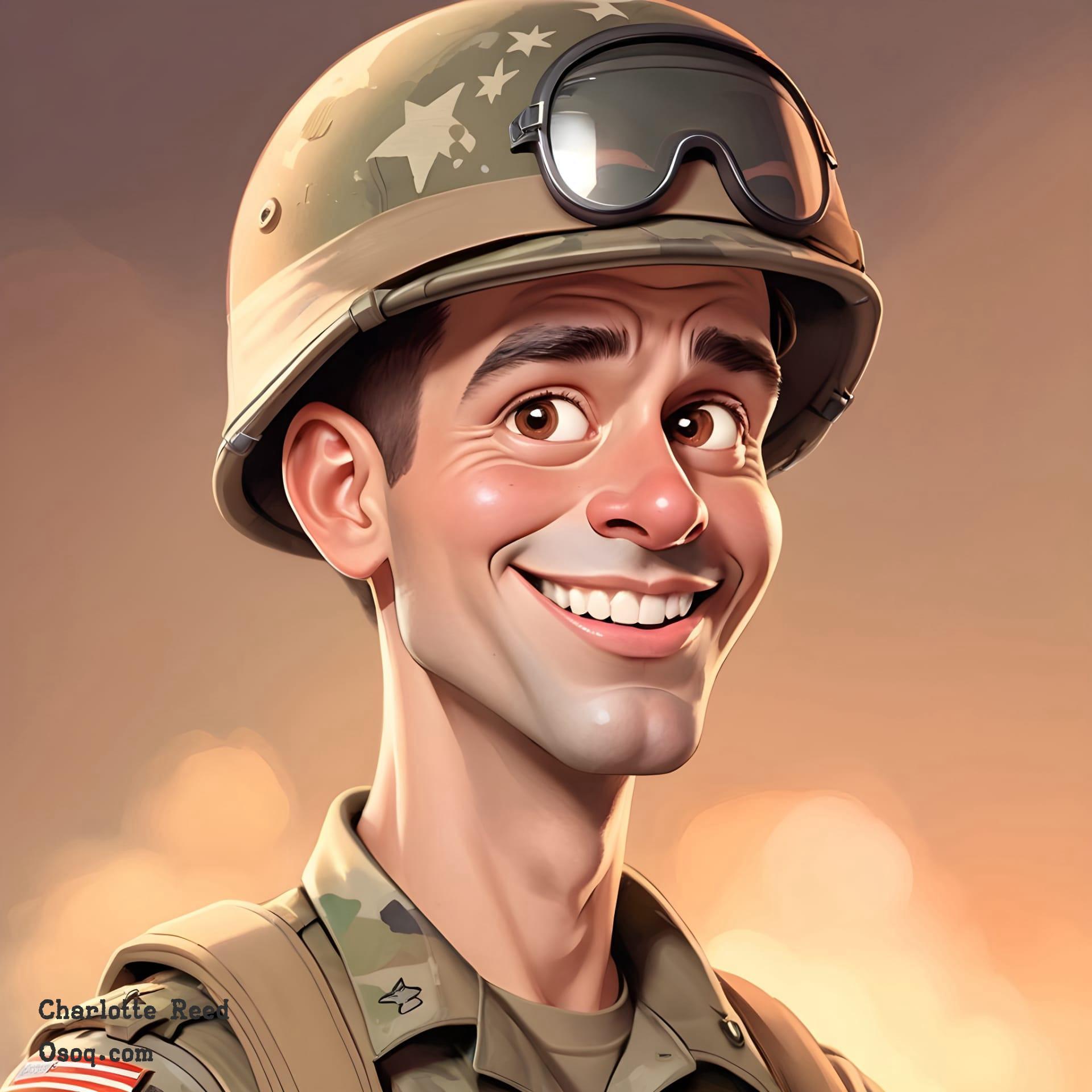
Famous caricaturists like Honoré Daumier and Thomas Nast are studied for their impactful and historical contributions to the art form, using their skills to critique society and politics.

Caricatures often serve as a historical record, capturing the popular perceptions and attitudes of the time toward certain figures, which can be invaluable for cultural studies.
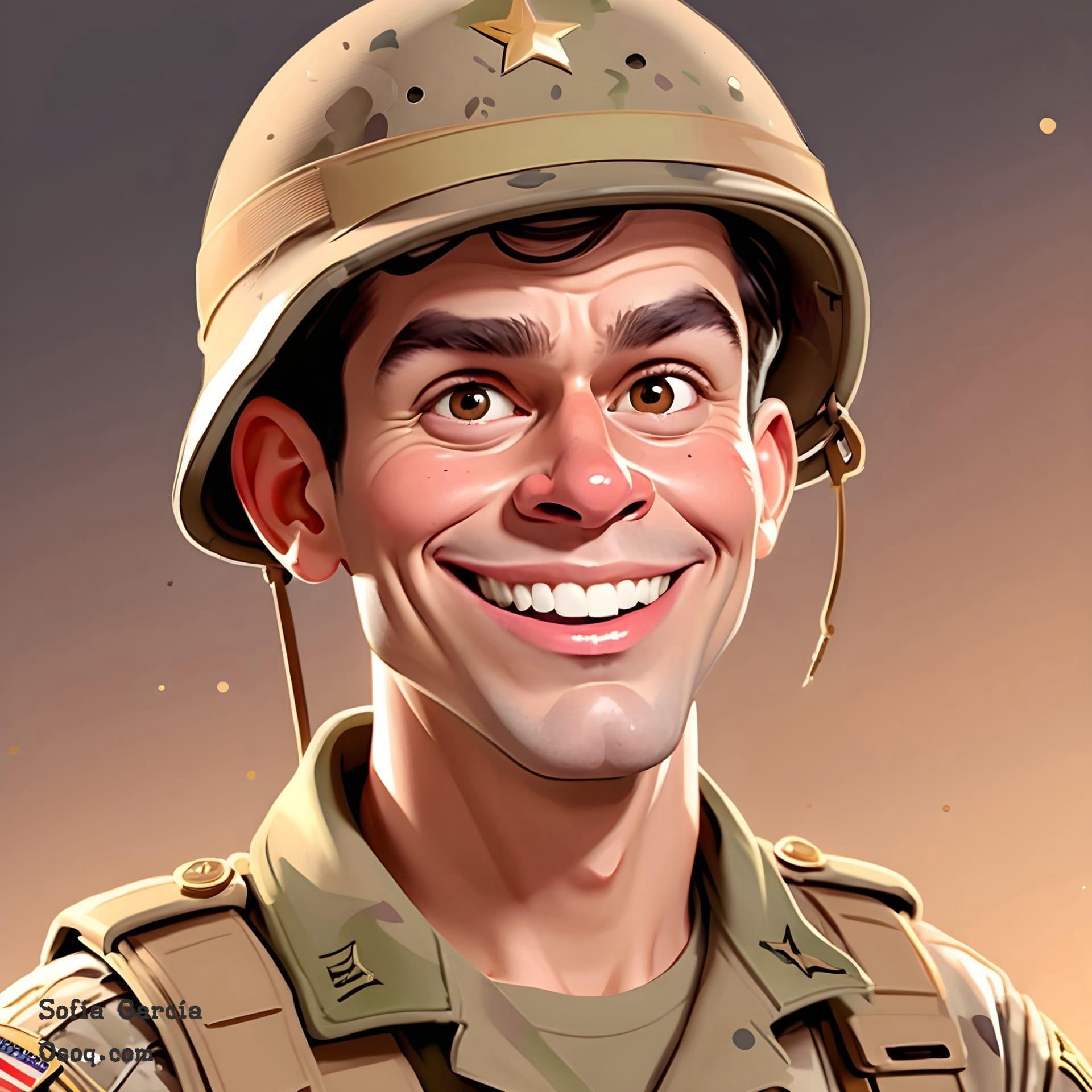
Learning to create caricatures involves understanding human anatomy and the basics of portrait drawing before moving on to exaggeration and stylistic development.
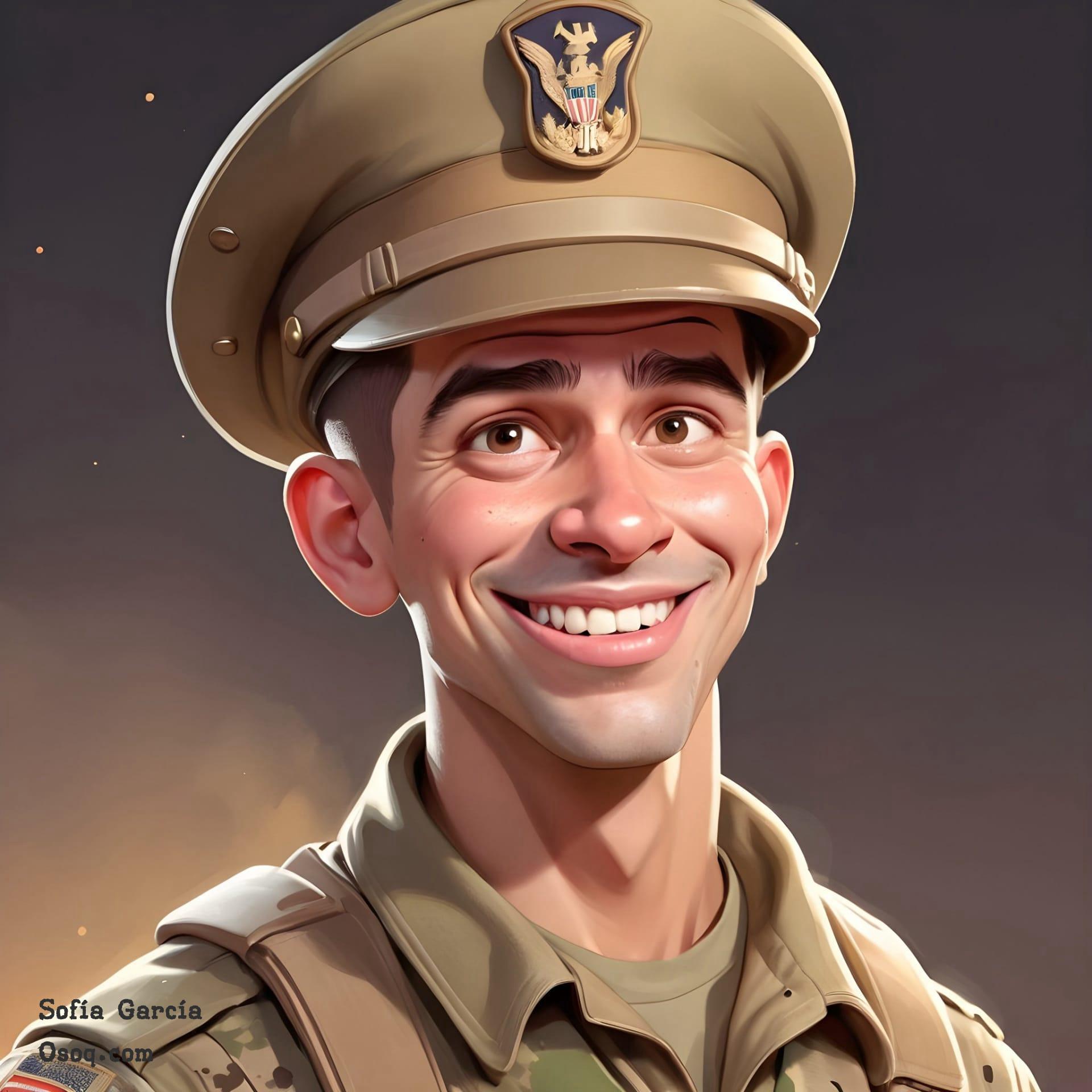
Many caricaturists contribute to editorial publications, providing a visual commentary on current events and public figures, making complex issues more accessible and engaging.

The challenge in creating a caricature of a man is finding the right balance between likeness and exaggeration. Too much of either can fail to capture the intended effect.

Technology has expanded the reach and techniques of caricature, with digital tools allowing for undo options and vast color palettes, which were not available to traditional caricaturists.

Caricature festivals and competitions are held worldwide, where artists come together to share techniques, styles, and humor, showcasing the diversity within the art form.

Online platforms have opened new opportunities for caricaturists to share their work, reach a broader audience, and even receive instant feedback from viewers.

Ethics in caricature involves a sensitive balance; while freedom of expression is crucial, so is respect for individuals and groups, avoiding perpetuating harmful stereotypes.

A well-executed caricature of a man can become an iconic representation of that individual, sometimes more recognized than their actual photographs.